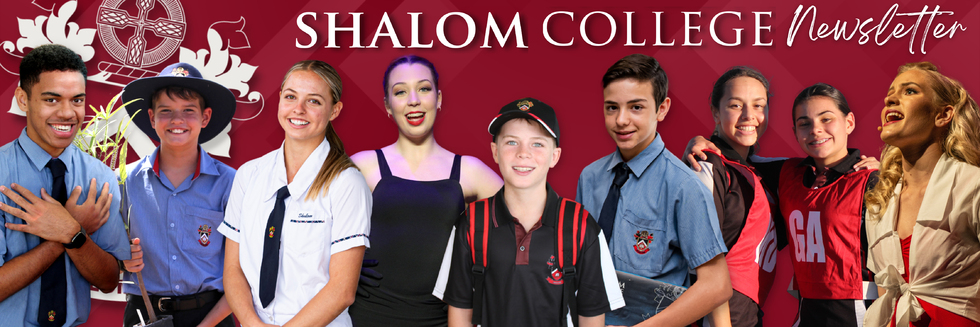From the Library
A Brief History of …. The Fairy Tale Genre
The fairy tale genre is traditionally a favourite, not just because of the stories themselves or even the beautiful art that they have inspired, but because of the genre’s mysterious origins. Fairy tales have been woven out of folk lore often designed as didactic parables and began as dark and gruesome tales.
Charles Perrault features heavily in the story of the development of fairy tales, he served Louis XIV in his finance department until 1695 when his supervisor, finance minister Colbert had him removed. From that point on, Perrault became a collector and publisher of traditional folktales for children. Most of these were perpetually evolving oral tales that had not ever been set down on paper until Perrault intercepted them.
Recent research at Durham and Lisbon universities has determined that the genre is much older than the Reconstruction period of the 1860’s. In fact, anthropologist Dr Jamie Tehrani asserts that some stories were older than the earliest literary records, Jack and the Beanstalk for instance, can be traced back some 5,000 years to when Eastern and Western languages diverged. She further states that her analyses suggests that Beauty and the Beast and Rumpelstiltskin are at least 4,000 years old, and The Smith and the Devil likely harks bark to the Bronze Age 6,000 years ago. This tale is very like Oscar Wilde’s much more recent Dorian Grey, where a pact with the devil is forged, involving the bartering of a soul for special gifts. In Gray’s case endless youth, in the blacksmith’s, supernatural powers.
Of course, everybody traditionally regards fairy tales as synonymous with the name Grimm. Published in December of 1812, the Grimm brother’s tales, originally not intended for children, were designed to preserve the folklore of their beloved homeland. Because of this the stories were very much a political and nationalistic device and as scholar Donald Haase put it, they were wielded as “…intellectual resistance to the Napoleonic occupation of their beloved Hessian homeland” (1993), ostensibly then becoming weapons of National Socialism. Good or bad, this has forever associated the Grimm’s tales with the German identity and this legacy survives today.
Modern variations of fairytales are much more sanitized and here I refer not just to Disney adaptations but any versions since Victorian times. Some educators believe that the saccharine sweetness amid the magic of timeless whimsy is not helpful for children in preparing them for the hardened world of real life. Regardless fairytales have remained an effective way to engage children in the written word and the fact that they become part of an historical chain makes it more than just the act of reading book, it is becoming a part of the cultural fabric.
BBC News (2016). Fairy tale origins thousands of years old, researchers say. Jan 20. https://www.bbc.com/news/uk-35358487
Haase, D. (1993). Yours, mine, or ours? Perrault, the Brothers Grimm, and the ownership of fairy tales. Merveilles & contes, 7(2). 383-402. Wayne State University Press Stable URL: http://www.jstor.org/stable/41390373


